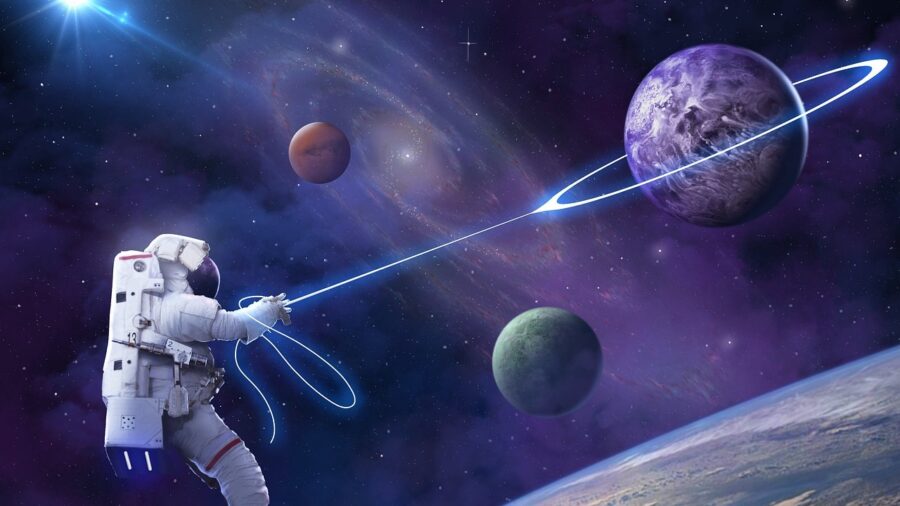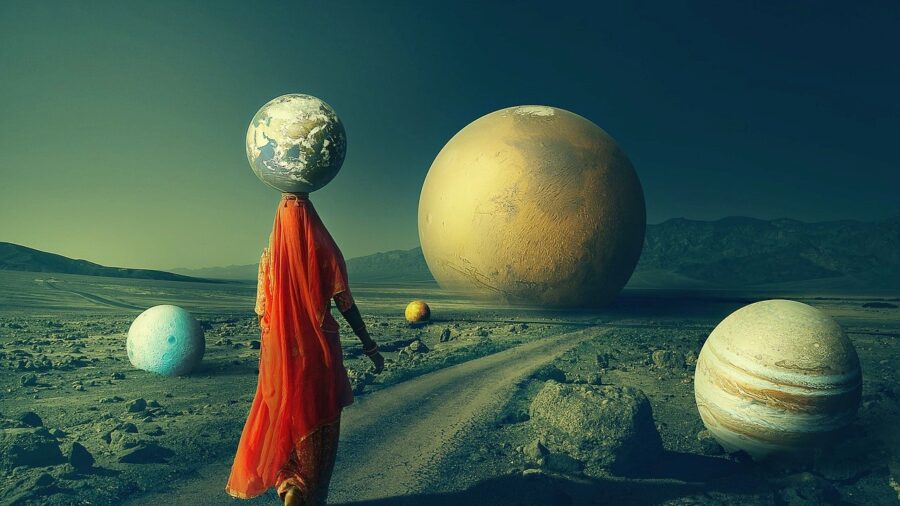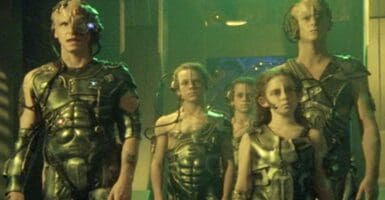Scientists Believe Rogue Planets Are Flying Through Our Universe
Anyone who’s ever played D&D knows that rogues are sneaky, and rogue planets are no exception. According to The Byte, …
Continue reading "Scientists Believe Rogue Planets Are Flying Through Our Universe"

Anyone who’s ever played D&D knows that rogues are sneaky, and rogue planets are no exception. According to The Byte, scientists now believe that there are trillions of rogue planets—planets without a star to orbit—skulking around the Milky Way right under our noses. “We estimate that our galaxy is home to 20 times more rogue planets than stars,” says David Bannett, an astronomer at NASA’s Goddard Space Flight Center.
Scientists estimates rogue planets — planets which do no orbit a star like The Sun — number in the trillions.
We have no idea how trillions of celestial bodies were able to hide for so long, but we assume their dexterity is well over 18.
These recent findings are the result of a nine-year study that took advantage of a phenomenon known as microlensing to detect distant worlds. Microlensing is essentially when a massive object has such a strong gravitational pull that it distorts light itself, resulting in natural lenses that scientists can use to magnify objects behind it.
Takahiro Sumi, lead author of one of the new rogue planet studies and an astronomer at Osaka University in Japan, explained that scientists use microlensing to find objects like “low-mass free-floating planets” and “primordial black holes” phenomena that otherwise be hidden from astronomers.
The study that Takahiro and Bannett conducted was the first attempt to measure the number of rogue planets in our galaxy that included planets with less mass than Earth. Researchers discovered that these lone-wolf planets, on the whole, tend to be smaller than planets that revolve around their own star.
“Earth-size rogues are more common than more massive ones,” Sumi explained. The astronomer went on to say that the difference in size between star-bound planets and their free-floating cousins actually holds the key to understanding how planets form in the first place.

These recent findings are the result of a nine-year study that took advantage of a phenomenon known as microlensing to detect distant worlds.
The size disparity is a result of smaller planets forming around a star getting pulled by the gravity of larger stars in the same solar system. The larger planet pulls on the smaller one as their orbits pass each other until eventually, over time, the smaller planet gets tugged out of its orbit and sent careening off into space. Freed of its solar master, this rogue planet is now free to embark on a solo journey through the cosmos.
Astronomers trying to identify lower-mass rogue planets hope to get a boost from NASA‘s upcoming Roman Space Telescope, set to debut in 2027. The Roman telescope will be better able to find rogue planets than land-based telescopes due to the better vantage point available from space. “Roman will be sensitive to even lower-mass rogue planets since it will observe from space,” said another Osaka University astronomer Naoki Koshimoto.
“We estimate that our galaxy is home to 20 times more rogue planets than stars.”
-David Bannett
Koshimoto explained that Roman’s wide viewing area combined with its sharp vision will allow scientists to see objects in the Milky Way and beyond with better detail than telescopes on the ground, something she calls “a thrilling prospect.” Researchers hope that Roman will help them to see some 400 Earth-sized rogue planets suspected to be out there among the trillions of smaller ones lurking in our galaxy.
So far, NASA has released no info regarding these newly discovered rogue planets’ ability to pick pockets, but we’ll keep you posted.












